#catherine de medicis
Photo



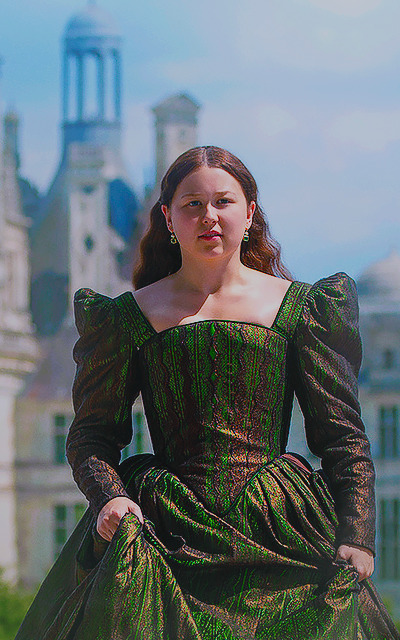


liv hill in the serpent queen
#liv hill#the serpent queen#catherine de medicis#catherine de medici#perioddrama#liv hill avatars#rpg#perioddramaedit
153 notes
·
View notes
Photo


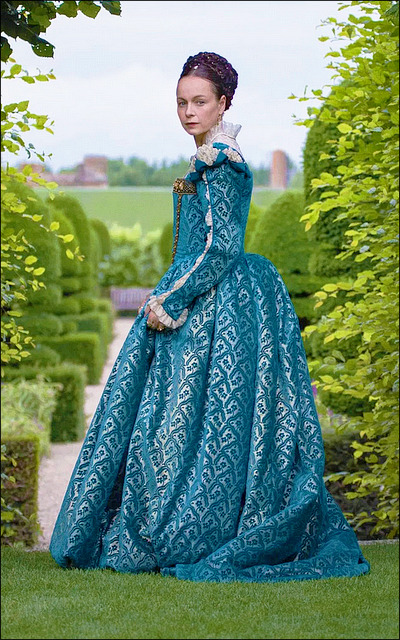

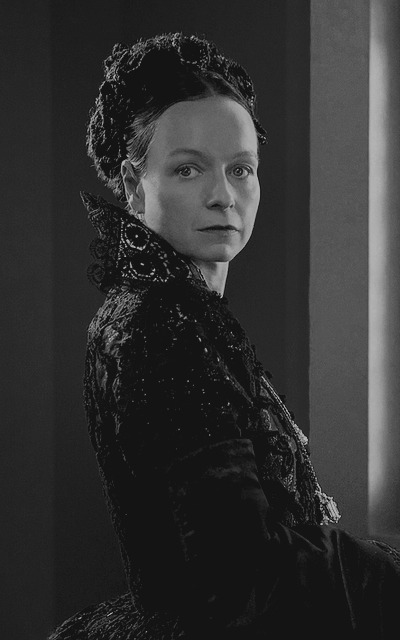
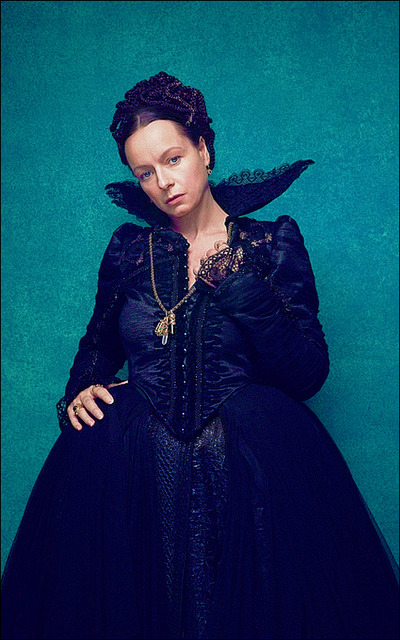
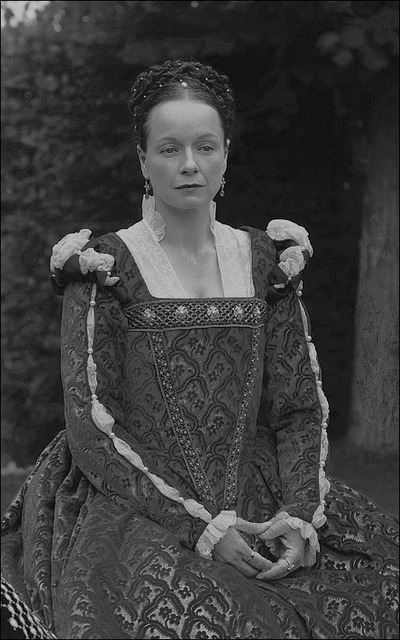
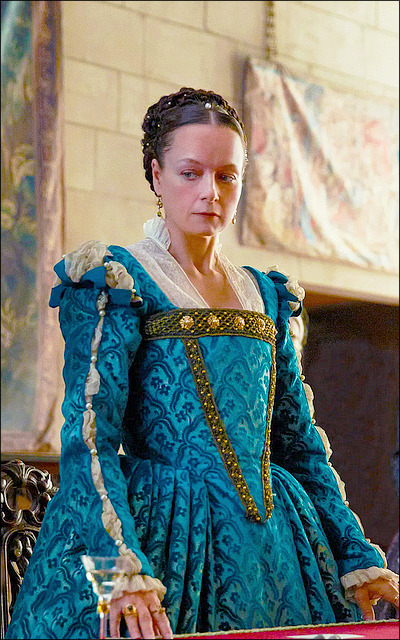

SAMANTHA MORTON as Catherine De Medicis in the serpent queen (x9)
53 notes
·
View notes
Text
Claude de France
Claude de France (1499-1524)
Queen of France, duchess of Brittany, countess of Blois, first consort of King Francis I

The "good queen" Claude- today overshadowed by her husband King Francis I- was born in 1499 to Queen Anne de Bretagne and her second husband Louis XII. Bonfires signaled rejoicing throughout the realm for, with the help of Saint Claude, a viable child had been born. The princess, although not the desired son, was fashioned in her mother's pious image to become both sovereign duchess of Brittany and empress (she was engaged to the future Charles V at age two) or queen (of France, as her father, before her first birthday, had secretly declared). A decade later, her sole sibling, Renée de France, the remarkable future Protestant Duchess of Ferrara, would again owe her name to another saintly protector of women in search of a child. Thus if Queen Claude inherited Queen Anne's limp, her ability to bear relatively healthy offspring was entirely her own. Her engagement in 1506 and her marriage in 1514 consolidated the first prince of the blood's claim to the throne, but after seven debilitating pregnancies in ten years (Louise, Charlotte, François, Henri, Madeleine, Charles, Marguerite), the tired body of this honored "daughter, wife and mother" of kings collapsed at the tender age of 24.
The canonization of Francis of Paola (1519) promoted by Claude and her mother-in-law Louise de Savoie in gratitude for protection from illness and the births of namesake male heirs, betrays the inextricable intertwining of the two sides of the royal family, programmed from 1498. Claude's parents willfully empowered their female progeny; thus when King Francis I descended into Italy the first year of their respective reigns, the pageantry in Lyon depicted him entering Milan to "defend the rights of the two daughters of France." Although a princess raised to be queen, Claude learned to share her husband with other women, and her power and its public expression with strong female kin, especially Louise de Savoie, named regent in her stead, and her sister-in-law Marguerite de Navarre. Legend and neglect have imposed the image of an ever-with-child, sweet, and submissive queen. Yet this eloquent and cultivated bearer of legitimacy commanded respect and carved out a space of her own in the cities of the realm (the townspeople cast her as Justice and Wise Counsel), in her duchy of Brittany and in her Loire Valley territories, especially at the castle of Blois. Shortly after his accession, her husband flaunted his monogram "F" and his emblem, the salamander, on the spectacular new façades of the castle of Blois's "wing of Francis I"; but on the cornice and ceremonial staircase and over the fireplaces, these cohabitated with his consort's at what was in fact her regal home. Here and elsewhere, her emblems- the ermine, occasionally on a leash with the motto A ma vie (To my life), her knotted rope, her swan pierced by an arrow, and her full moon with the device Candida candidis (candid for the candid)- called attention to the queen.

A primer made for this daughter of privilege stages her with her sister Renée, as children tutored by Saint Anne and under the protection of Saint Claude, while learning to read and write; and learning came to be a feature at the heart of the queen's persona. Following her accession in 1515, Claude became mistress of the castle of Blois with its royal library, her mother's manuscripts probably among its precious volumes, to which the king, in an incident of 1516, did not have a key. Her Book of Prayers, by the "Master of Queen Claude", returns to the then commonly depicted theme of Saint Anne as educator, but its pages are uncommonly packed with illuminations in which books form an insistent leitmotiv [..] Tapestries depicting scenes from Christine de Pizan's City of Ladies, these too inherited from her mother, hung into the rooms of the castles of Amboise and/or Blois, frequented by her twelve ladies-in-waiting (including Anne Boleyn and Diane de Poitiers). The writer Anne de Graville commissioned a picture of herself offering her mistress Claude one of the works she dedicated to her, thereby providing us with a rare inside vision of the city of ladies surrounding Claude.
In a final act of independence, the queen bequeathed Brittany not to her husband but to her son, the dauphin. Rather than willfulness, though, sensitivity to the plight of her subjects had colored numerous episodes of her life. During her entry into Nantes in 1518, when the town offered her a costly heart of gold flanked with ermine, she promptly gave it back. Shortly before her death she endowed the building of a cemetary in a suburb of Blois for those who had succumbed to the plague. Such symbolic gestures, combining strength and humility, help us to comprehend why the memory of the short-lived Claude lingered on. Miracles were said to occur around her body, laid to rest in her parents' chapel of Saint Calais in 1524. Subsequently, her second son, King Henri II (of the seven siblings, only he and his sister Marguerite, future duchesse de Savoie, outlived their father) immortalized her on a monumental tomb at Saint-Denis. And in her Book of Hours, Catherine de Médicis inserted Claude's portrait near that of Eleonora of Austria, Francis I's second wife, forging an unexpected double embodiment of a powerful queenly ideal.
Kathleen Wilson-Chevalier- Encyclopedia of Women in the Renaissance
#xvi#kathleen wilson chevalier#encyclopedia of women in the renaissance#claude de france#princesses of france#queens of france#duchesse de bretagne#anne de bretagne#louis xii#renée de france#françois i#dauphin françois#françois iii de bretagne#henri ii#marguerite de france duchesse de savoie#catherine de medicis#éléonore d'autriche
8 notes
·
View notes
Video
youtube
Goran Bregovic, Le matin, La reine Margot OST, 1994
#Goran Bregovic#le matin#La reine Margot#patrice chereau#alexandre dumas#isabelle adjani#vincent perez#cinema#movie#france#histoire de france#catherine de medicis#ost#soundtrack#film
4 notes
·
View notes
Text


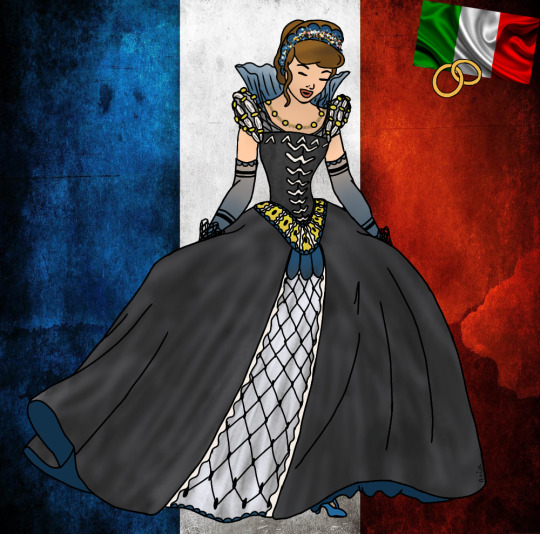
On August, the 23th, it' is gonna be the 450 anniversary of the Saint Barthélémy massacer in France. It is a very tragic event that took place in 1572.
It is a historicité période that I really from François 1 to Louis 14 ( the sun king ) mostly because there were some very strong ruling woman like Catherine De Medicis (Queen consort of France & Queen regent), Mary Stuart (Queen of Scottland & Queen consort of France), Elizabeth the first (Queen of England), Anne of Austria (Queen consort of France & Queen regent of France), Mary 'bloody' the first (Queen of England and Ireland & Queen consort of Naples and Sicile and Spain), Jelena gruba (Queen of Bosnia), Isabelle 1ere (Queen of Castile and Aragon and Naples) , kösem (Sultana regent of the Ottoman Empire).....
I ve drew Catherine of Medicis (first drawing made from cendrillon), Mary stuart (second drawing made from Rapunzel) and England (third drawing made from Helga Sinclair) because it is the three I know the better and because one of the reason for the saint Barthélémy massacer is Catherine De Medicis.
The history tells us that the religion was tearing apart France between Catholicism and Protestantism already. Civilians were already Killing each other for their faith.
To stop French people and even nobles (Bourbon and Guise) from fighting, the regent Catherine De Medicis wants to marry her daughter Marguerite De Valois (catholic) to Henri De Navarre (a protestant prince (Henri 4)). The wedding is celebrate on August, the 18th 1572. It s called the vermilion wedding (yes, the red wedding in game of thrones was inspired by it). Indeed, to celebrate the wedding, great noble protestant leader came to Paris. An attempted murder on the Amiral de Coligny (a protestant) sets the air on fire. The young French king Charles 9 decide to order the murder of all the protestant leaders so that they cannot reproche him for having let the murder of one of their own go unpunished (because no one knew who order the murder of the Amiral) and that they use it as a pretext to come and take his crown. Then, all the protestant leaders are murdered. And Paris' population decide to follow its king and murder protestant by hundreds in the streets without any control. There were around 2000 and 3000 deads in Paris and around 10 000 in France. It s, without a doubt, one of the darkest hours of French history.
The tensions between catholics ans protestants won t ease until the Nantes edit in 1598 (liberty of cult).
Humain have killed each other since forever. And they have killed each other for religion for almost as long. This never was a solution. It only drives them away from each other and drives them away from their God they love so much...
#Frenche history#drawing#art#religions#catholic#protestant#Catherine De Medicis#Mary Stuart#massacre de la Saint Barthélémy#massacer#History#Elizabeth the fisrt
3 notes
·
View notes
Text

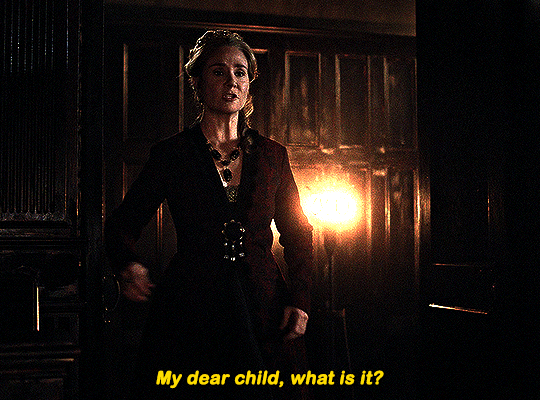
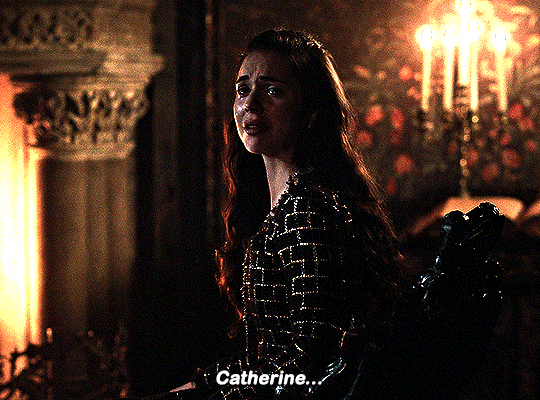


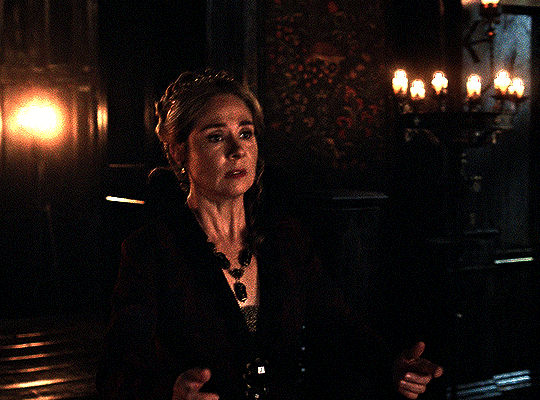

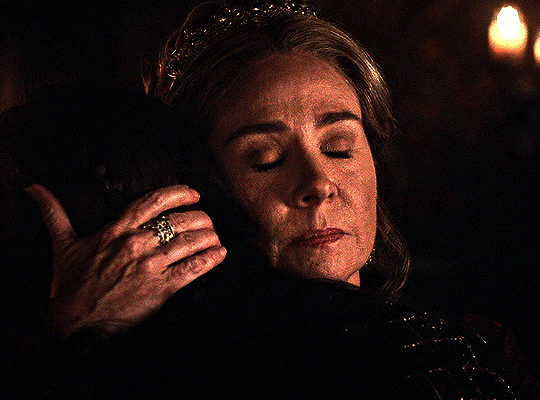
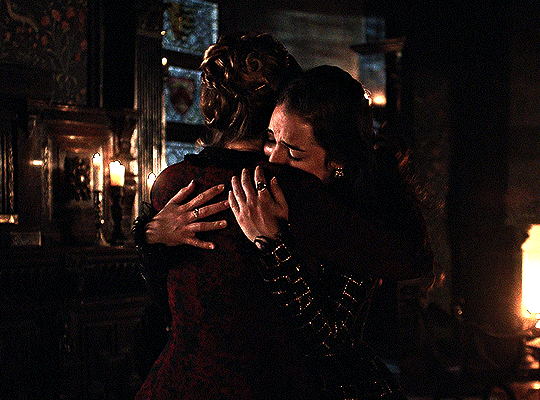
"Reign" Pulling Strings (TV Episode 2017)
#reignedit#reign#perioddramaedit#periodedit#mary stuart#catherine de medici#mary x catherine#gifs#s4#by liz#weloveperioddrama#perioddramasource
239 notes
·
View notes
Text












What is he doing here, Mother?
REIGN 3x18 — SPIDERS IN A JAR
#i could really write an essay on this but i'll spare everyone 🫡 pls just enjoy my flop set....#reign#reignedit#perioddramaedit#userbbelcher#chewieblog#userstream#cinematv#ceremonial#charles valois#catherine de medici#megan follows#spencer macpherson#userzil#userirlvernon#userbecca#usermoonchild#alielook#usersari#tuserbea#usermandie#usersameera#usermeeseung#usershri#2605#g
280 notes
·
View notes
Text






↳ Historical Ladies Name: Katherine/Catherine
#katherine swynford#catherine of lancaster#catherine of valois#catherine of castile#catherine of france#catherine of navarre#catherine of york#catherine of aragon#catherine of austria#catherine parr#catherine de medici#catherine howard#katherine hastings#catherine of bourbon#catherine of braganza#catherine the great#catherine sheffield#catherine i of russia#historicalnames*#historyedit#my gifs#creations*
382 notes
·
View notes
Text






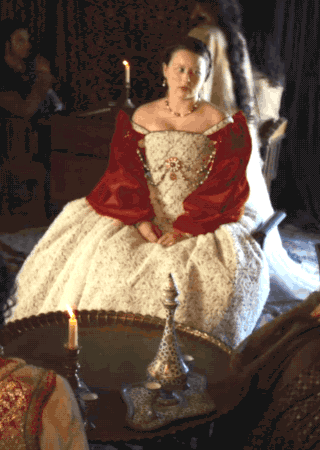

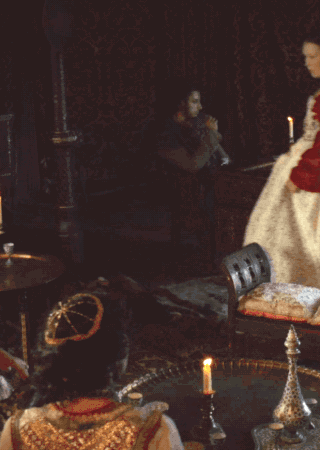
(Almost) Every Costume Per Episode + Catherine de Medici's white gown with red sleeves in 1x02,3
#The Serpent Queen#TheSerpentQueenEdit#weloveperioddrama#perioddramaedit#period drama#historical drama#Catherine de Medici#To War Rather Than to Bed#The Price#costumeedit#costumes#costume drama#Almost Every Costume Per Episode#Awkward-Sultana
127 notes
·
View notes
Text
You think the worst that can happen to your favourite character is death? Oh, you sweet summer child.
Try "being butchered by the narrative, mischaracterised to their very core traits to fit into a predisposed plotline"
Because the people in charge don't like anyone taking the spotlight away from the Character Who Was Supposed To Be Fan Favourite™.
Or simply because they didn't care enough about the little person you liked.
Or you survive these trials intact, maybe the fandom would do the butchering with a popular fanon interpretation of the character so wrong, you question if you consumed the same media.
#the way this has happened to all my favorite characters tho#it fucking sucks#Idk what it says about me tho maybe I am just too unlucky or just cursed#daenerys targaryen#og loki 2011-2013#sirius black#stefan salvatore#catherine de medici#rhaenyra targaryen#media#fandom#fandom woes#ash rambles
89 notes
·
View notes
Text
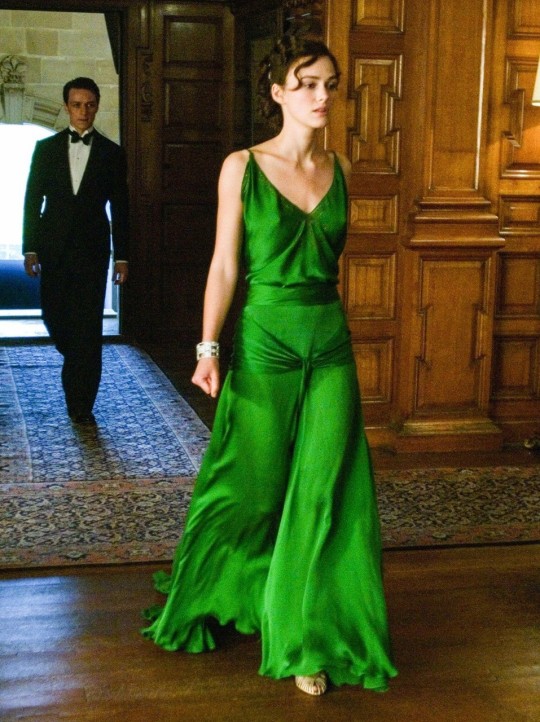
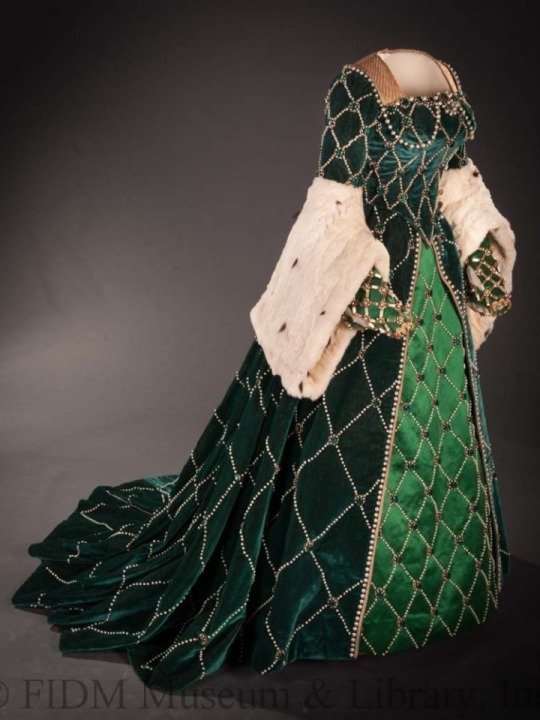
Period dramas dresses tournament: Green dresses Round 3- Group D: Cecilia Tallis, Atonement (gifset) vs Catherine de Medici, Diane (pics set)
#period drama dresses tournament#tournament poll#tumblr tournament#polls#fashion poll#cecilia tallis#atonement#catherine de medici#diane#diane 1956#green r3
76 notes
·
View notes
Photo

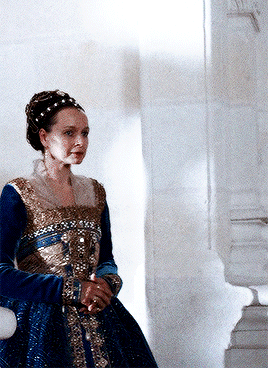


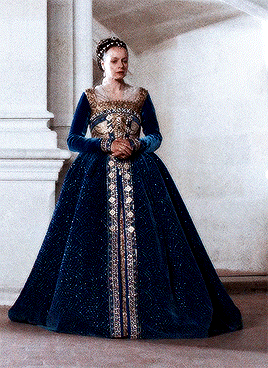

Samantha Morton as CATHERINE DE MEDICI
THE SERPENT QUEEN (2022) | 1.04 - “A New Era”
#tsqedit#theserpentqueenedit#the serpent queen#period drama#catherine de medici#samantha morton#perioddramaedit#costumes#16th century#our gifs#our creations#we love this gown so much#A look
748 notes
·
View notes
Photo




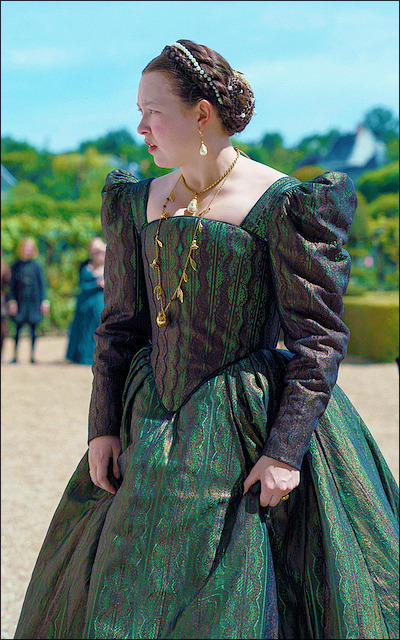
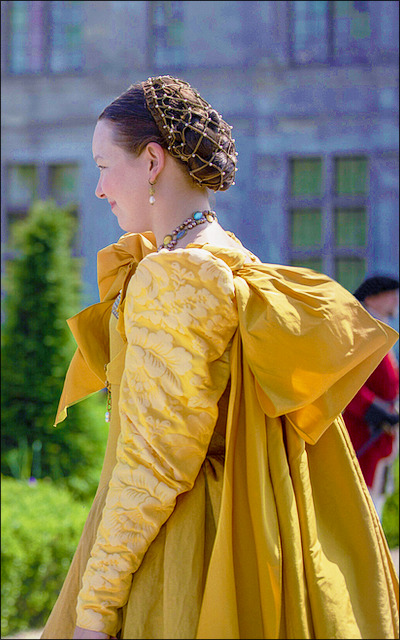

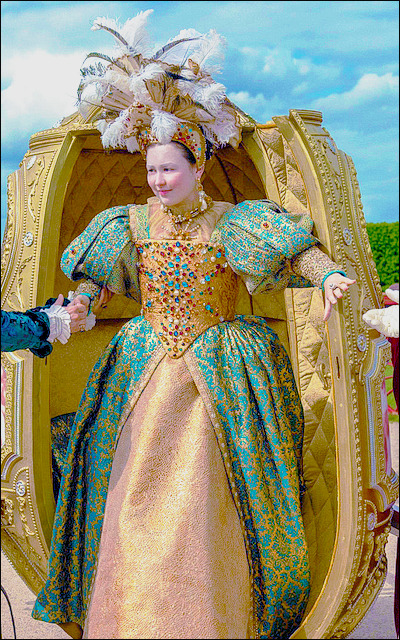
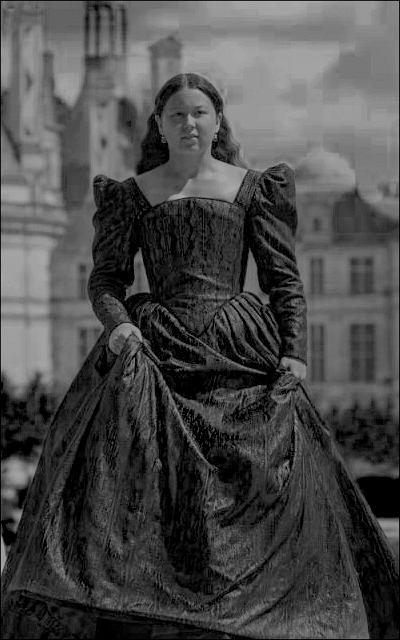
LIV HILL as Young Catherine De Medicis in the serpent queen (x9)
20 notes
·
View notes
Text
Eléonore de Roye
Eléonore de Roye, (Princesse de Condé, 1535-1564)
Huguenot activist, skilled political negotiator, nursed the sick and wounded during the siege of Orleans

Eléonore de Roye was one of the Huguenot noblewomen who contributed to the establishment of Calvinism in France. Daughter of Charles, count de Roye, and Madeleine de Mailly, and wife of Louis de Bourbon, prince de Condé, she was related to prominent Catholics (Anne de Montmorency) and Huguenots (Antoine de Bourbon, Jeanne d'Albret, the Colignys) and used her network well. Eléonore's influence was particularly important when Condé was imprisoned, first as a suspect in the Conspiracy of Amboise in 1560 (Condé was accused, with other Protestant sympathizers, of plotting to kill Francis II) and subsequently in 1562-1563 after the Battle of Dreux during the first Religious War. In each case, Eléonore corresponded at length with Catherine de Médicis and rallied Condé's supporters, including Elizabeth I. In each case, Condé was freed. Catherine's and Eléonore's negotiations after the Battle of Dreux, through letters and when they met within earshot of the hostilities, led to an exchang eof prisoners (Condé for Anne de Montmorency) and the Peace of Amboise.
Considered a model wife and mother, Eléonore bore eight children, nursed the sick and wounded during the siege of Orléans, travelled frequently to be with her husband, and remained faithful even when Condé's extramarital indiscretions inspired a stern letter from Calvin and Bèze (September 1563). Eléonore's death on 23 July 1564, surrounded by her children, was recorded by a woman companion for an English friend as an example for young women in both countries.
Jane Couchman, in Encyclopedia of Women in the Renaissance
#xvi#encyclopedia of women in the renaissance#éléonore de roye#house of roye#house of bourbon condé#wars of religion#louis i de bourbon condé#françois ii#catherine de medicis#anne de montmorency
6 notes
·
View notes
Text





You do realise what is at stake here, do you not?
Yes, yes. I'm well aware, Mother.
Then select one of these marginally acceptable creatures, or risk losing the backing of Spain. And your throne along with it!
REIGN — 04x14: A Bride, A Box and a Body
#i quote this daily btw#reign#catherine de medici#charles valois#reignedit#perioddramaedit#chewieblog#ceremonial#userzil#heymax#usershri#userbecca#usermoonchild#alielook#usersari#tuserbea#usermeeseung#usermandie#usersmia#01#01reign#tudorerasource
100 notes
·
View notes
Photo
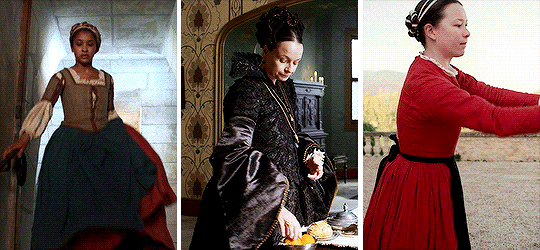
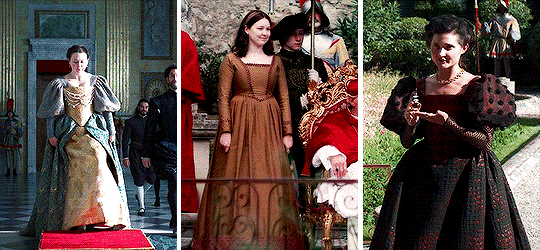
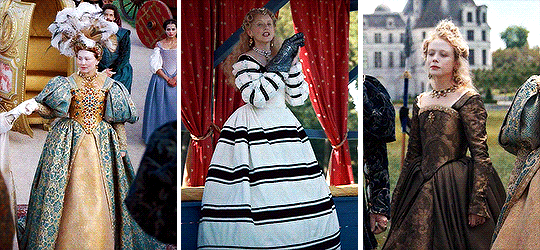
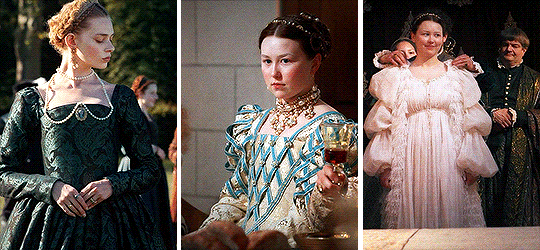
THE SERPENT QUEEN (2022)
costumes from episode 1, Medici Bitch
#the serpent queen#tsqedit#catherine de medici#anne de pisseleu#diane de poitiers#*mio#idk who the other blonde is
747 notes
·
View notes